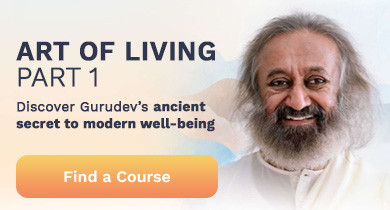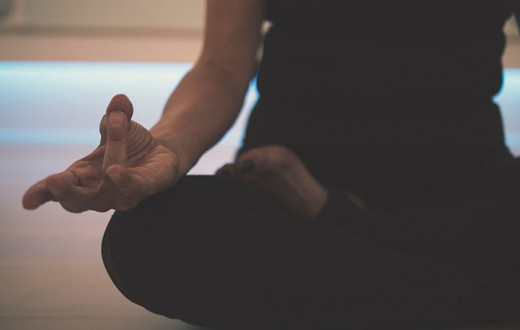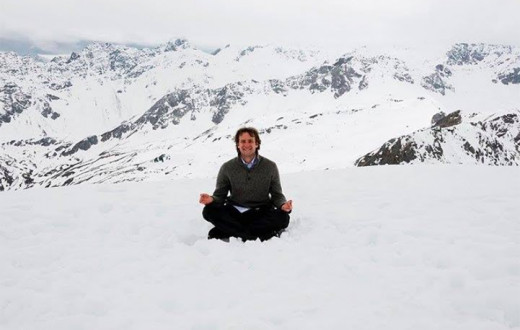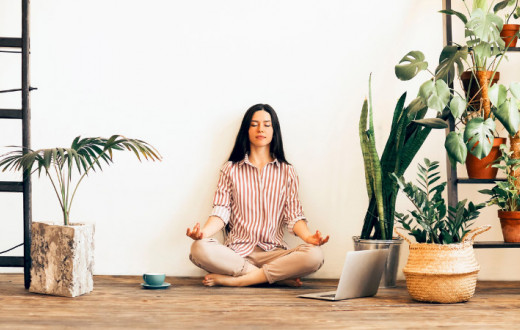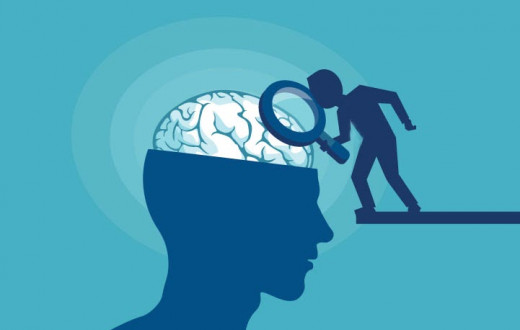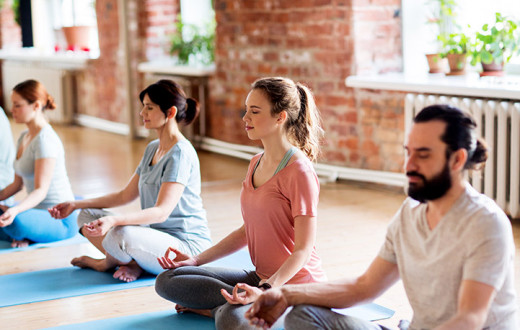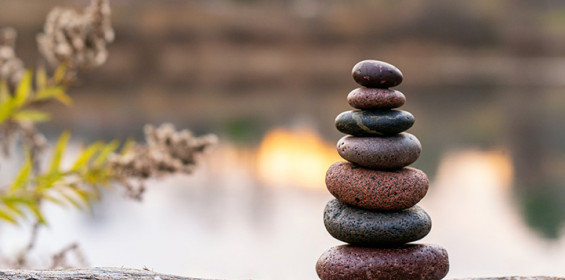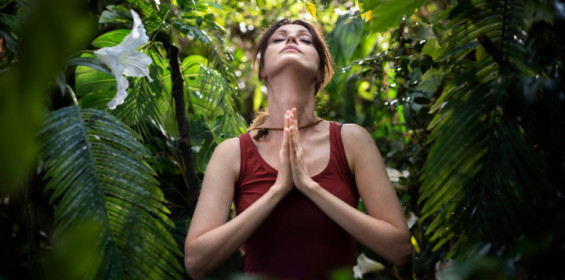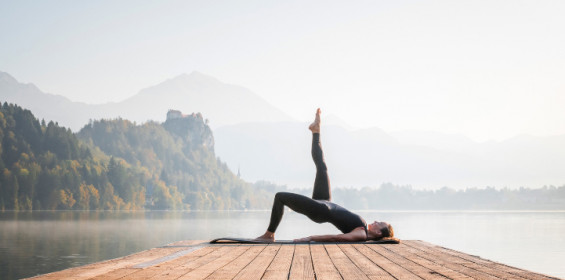
You may have had friends or family mention that you oughta try meditation or Yoga Nidra or both. But which one is better? Which one is easier? Which one gives the most benefits? Which one suits your needs best? We are here to help you answer all of these questions and maybe some you haven’t yet thought of.
What is Yoga Nidra?

Definition and origins of Yoga Nidra
Yoga Nidra is a guided practice that leads to deep relaxation and expanded consciousness. It is also known as yogic sleep, as it induces a deep state of conscious sleep.
Originating from India, Yoga Nidra is based on the ancient principles of yoga and meditation. Originally intended to be a practice following yoga poses (asanas) and before sitting for meditation, Yoga Nidra is now gaining popularity as a sleep aid practice right from bed.
What is meditation?

Definition and origins of meditation
Meditation is a broad term that refers to multiple techniques, including mindfulness, mantra-based, and breath-based practices. Meditation has its roots in ancient Eastern cultures and is now practiced worldwide for its numerous benefits.
According to Gurudev Sri Sri Ravi Shankar, master of meditation, meditation is the art of doing nothing, wanting nothing, and being nothing (dropping all roles and identities during meditation), and yet having total alertness and effortlessly giving deep rest. Regular meditation is the ultimate way to tap into subtle life energy and leads to the realization that love, joy, and peace are our true nature.
Key differences between Yoga Nidra and meditation

Posture
Yoga Nidra is typically and ideally practiced lying down in Corpse Pose, but it is possible to do Yoga Nidra while sitting if need be. The eyes must be closed.
Meditation is almost always practiced seated rather than lying down, so there is less chance of falling asleep. With meditation, the eyes can be closed or open if open eyes are part of that particular technique; otherwise, closed eyes will best facilitate an experience of meditation.
Awareness and consciousness
Yoga Nidra aims to hover above the threshold of deep sleep while maintaining a waking state.
Meditation brings the conscious mind to the present moment, increases awareness, and expands consciousness.
Yoga Nidra and meditation both increase self-awareness in daily activity.
Key benefits of Yoga Nidra and meditation

Reduces stress and anxiety
Both Yoga Nidra and traditional meditation have been shown to reduce stress and anxiety by promoting deep relaxation.
Depending on what kind of meditation practice you choose, the degree of benefits will vary. Mantra-based and breath-based meditation techniques use specific tools and are often more effective compared to guided meditation or mindfulness meditation, yielding many more benefits.
Improves sleep quality and emotional well-being
Yoga Nidra can improve sleep quality and duration, leading to better overall health and well-being. However, these benefits are usually short-term gains and require practicing Yoga Nidra regularly to get the desired results.
Meditation most definitely improves sleep quality and emotional well-being by reducing stress and anxiety, which often hinders sleep quality and overall well-being. But again, which technique you use will determine the degree to which you see improvements. Like Yoga Nidra, practicing meditation regularly gives the most consistent results, but benefits will not necessarily disappear right away if you miss a couple of meditation sessions. So, in this way, the benefits are compounded over time.
Both practices can help improve emotional regulation and resilience.
Increases self-awareness and focus
Yoga Nidra can increase self-awareness by allowing the practitioner to access the subconscious mind.
Meditation can increase self-awareness and focus by reducing stress and culturing mindfulness.
Both practices contribute to mental clarity, personal growth, and inner peace.
How to practice Yoga Nidra

Getting started with Yoga Nidra
Find a quiet and comfortable place to lie down or sit, free from distractions
Dim the lights and grab a blanket for comfort.
Close your eyes and take a few deep breaths to relax
Listen to a guided Yoga Nidra recording and follow the instructions (see below)
Set a meditation timer bell if you have a limited time frame
Enjoy this guided Yoga Nidra meditation (non-sleep deep rest) led by Gurudev.
You can also find Yoga Nidra on the Sattva app.
How to practice meditation

Finding a suitable environment
Find a quiet and comfortable place to sit, free from distractions
Close your eyes and take a few deep breaths to relax
Practice the three golden keys
I do nothing
I want nothing
I am nothing
Bring your attention to your breath, a mantra, or a physical sensation in the body
When the mind wanders, without judgment, gently bring your attention back to the breath/mantra/sensation
Combining Yoga Nidra and meditation for enhanced benefits

You can practice Yoga Nidra and meditation together to enhance their benefits. Start with Yoga Nidra and then move to seated meditation for a deeper practice. Also, you can practice Yoga Nidra and meditation separately but still on the same day to enhance benefits.
Tips for effective practice
Consistency and patience
Practice Yoga Nidra and meditation regularly to see consistent results and benefits
Be patient with yourself and remember that it’s a journey, not a destination
Start with short sessions and gradually increase the duration as you become more comfortable with the practice
Embracing the benefits of Yoga Nidra and meditation

Yoga Nidra and meditation are both powerful tools that can bring numerous benefits to the body, mind, and spirit. By understanding the differences and benefits of each practice, you can choose the one that suits you best or combine them for enhanced benefits. Remember to be consistent, patient, and kind to yourself as you embark on this journey of self-discovery and growth.
Interested in learning a breath-based meditation practice?

Discover Gurudev’s ancient secret to modern well-being, SKY Breath Meditation (Sudarshan Kriya), by registering for the Art of Living Part 1 course. Regain your calm and more with this life-changing, evidence-based practice.
Many practitioners report:
Reduce stress, anxiety, and depression
Increase energy levels
Improve your sleep
Increase mental focus
Experience more life satisfaction
More calm is just a breath away!
Related articles

The Ultimate Guide to Meditation for Beginners by The Art of Living
Guided Meditation: Help for Anxiety, Stress, Sleep, and More
Beyond Mindfulness: Pick the Best Meditation Type For You
Meditation Retreats Near Me: Find the Best with Our Guide Today
Reduce the Risk of Burnout with Meditation at Work
When is the Best Time to Meditate? Morning, Noon, Or?
A Beginner’s Guide to Daily Meditation
Meditation with Music: A Guide to Reduced Stress and More Calm
Meditation for Seniors: The Zen Time of Your Life Starts Now
How to Keep Your Mind Healthy: 5 Types of Meditation To Try
Try Our 10-Minute Meditation for When Time Is of The Essence
Yoga and Meditation: 3 Simple Ways You Can Get Started Today
Meditation Journaling: Get the Most Out of Your Meditation Practice
Learn the Art of Mindful Eating for a Happier Mind and Body
Meditation is the Key to Investing in Your Mental Health
Morning Meditation to Start Your Day the Right Way
Escape the Chaos: Start Your Day with This Peace of Mind Meditation
5 Tips for How to Deal with Anger
The First Rule of Meditation That’ll Help You Meditate Like an Expert
Why Meditate: 25 Signs For You to Start Meditating Everyday
Meditation for Grief: Breathe In Love, Breathe Out Grief
Achieve Forgiveness Through Meditation
Meditation for A Healthy Body Image: How You Can Start
Incense for Meditation: Benefits, Best Scents, and More

